
I designed this course myself and am looking forward to teaching it this semester. If you have a question or a problem please contact me in class. (I am the manager.)
Email all work for the course to me at [email protected]
No cell phones, ipads, or laptops in use during class.
We are living in exceptionally stupid times.
I don't do trigger warnings. They don't work. They are based on evil and stupid assumptions about human psychology. See Pavlov's dog and B.F. Skinner's box. (For a cinematic example of triggered memories based on resemblances between shots and cross-cutting between plots set in the past and in the present, see Jaqua, episode one, on Netflix.)
You have been warned. :-)Guy J. Williams, "Harkness Learning: Principles of a Radical American Pedagogy"
I repeat. I don't do trigger warnings. If you are offended or disturbed by nudity, sex scenes, graphic violence, etc., in films, I strongly advise you not to take this course. You are not required to take it. But if you do take this course, you are required to watch all assigned films, including one widely considered to be among the greatest Japanese films of all time, In the Realms of the Senses, a film that has also been described by some critics as a "pornographic art" film. All of the assigned films may be found on the schedule below.
The reason literature, film, and philosophy are so great, so deeply admired yet often controversial, even despised, is that writers are free to say anything they wish they way they want to say it, filmmakers get to show images of anything they wish, the way they want to show them, and philosophers get to ask philosophical questions about anything they wish whenever they want. It's called FREEDOM OF EXPRESSION. Also known as FREEDOM OF INQUIRY. As anyone who understands anything about language knows, intention and context do matter.
You do not have to attend screenings, but you will have to see all assigned films on your own if you don't.
You will also have to learn on your own the technical vocabulary required for film criticism (and film production). Here is a useful resource: Columbia Film Language Glossary
We will watch every film twice in a row each week. Why? The first viewing tends to be immersive. You forget you are watching a film. The second viewing gives you a critical distance you didn't have the first time; you can focus better on the structure of the film, on how the screenwriter wrote the screenplay, on how the film was edited, and on why the director, cinematographer made the aesthetic decisions they made about each shot. DQs on the first viewing are entirely open to you. DQs on the second viewing will be directed by me. I will tell you what to look for when you watch the film a second time.
There will be quizzes at the beginning of each class. They will be fairly difficult. I will give quizzes not just to test whether you have done the assigned viewing or reading but to give you feedback: you will be able to determine whether you have done assigned viewing or reading closely. Close reading is something you learn how to do. The more you know about aesthetic form, the better you can read closely. The more you can appreciate moral complexity and appreciate how films ask you to suspend moral judgment, the better your criticism will be. If you don't know how to watch a film or read a work of literature or literary criticism closely, you will not be able to write productive discussion questions. And if you are unable to write good discussion questions, you will be unable to write good papers. If you fail four quizzes, your final grade will be reduced by a letter. If you fail more than five quizzes, you will fail the course.

Observation
How do you know if you are watching a good film? See if you can find it here: https://www.criterionchannel.com/browse
What makes a good film good? Or a bad film bad? (A bad film can still be worth watching if you can do interesting things with it.) What makes one great film better than another? What is a good way to waatch films? Watch is the basis for a critical evaluation of a film? What does it mean to have a "good eye"? Or to be "observant?"
Repetition is key to learning. To understand how to watch films critically, you need to watch them at least twice, close together in time. So you will be watching the same film twice, the first time for class discussion on Tuesdays and the second time for class discussion on Thursdays. Like any work of art, the films we'll watch cannot be exhausted. You can watch them over and over again, sometimes years or even decades apart and enjoy the experience each time you do.
To learn how to understand a piece of music, a philosopher said, you have to hear it twice.
A conductor of baroque music said you have to listen to repeated hearings before you understand it.
"How full of meaning and significance the language of music is we see from the repetition of signs, as well as from the Da capo which would be intolerable in the case of works composed in the language of words. In music, however, they are very appropriate and beneficial; for to comprehend it fully, we must hear it twice."
--Arthur Schopenhauer, "On the Metaphysics of Music"

Vienna and Schubert: 'Death and the Maiden' String Quartet - Professor Chris Hogwood CBE
"The greatest pieces of music are called classics simply because at a first hearing--that is terribly...complicated to work out what's going on or even more complicated to explain to yourself why it's going on--even to hear it has to be heard several times . Probably, after first hearing immediately go back and hear it again, and on repeated hearings repreated things come to light."
--Christopher Hogwood
 |
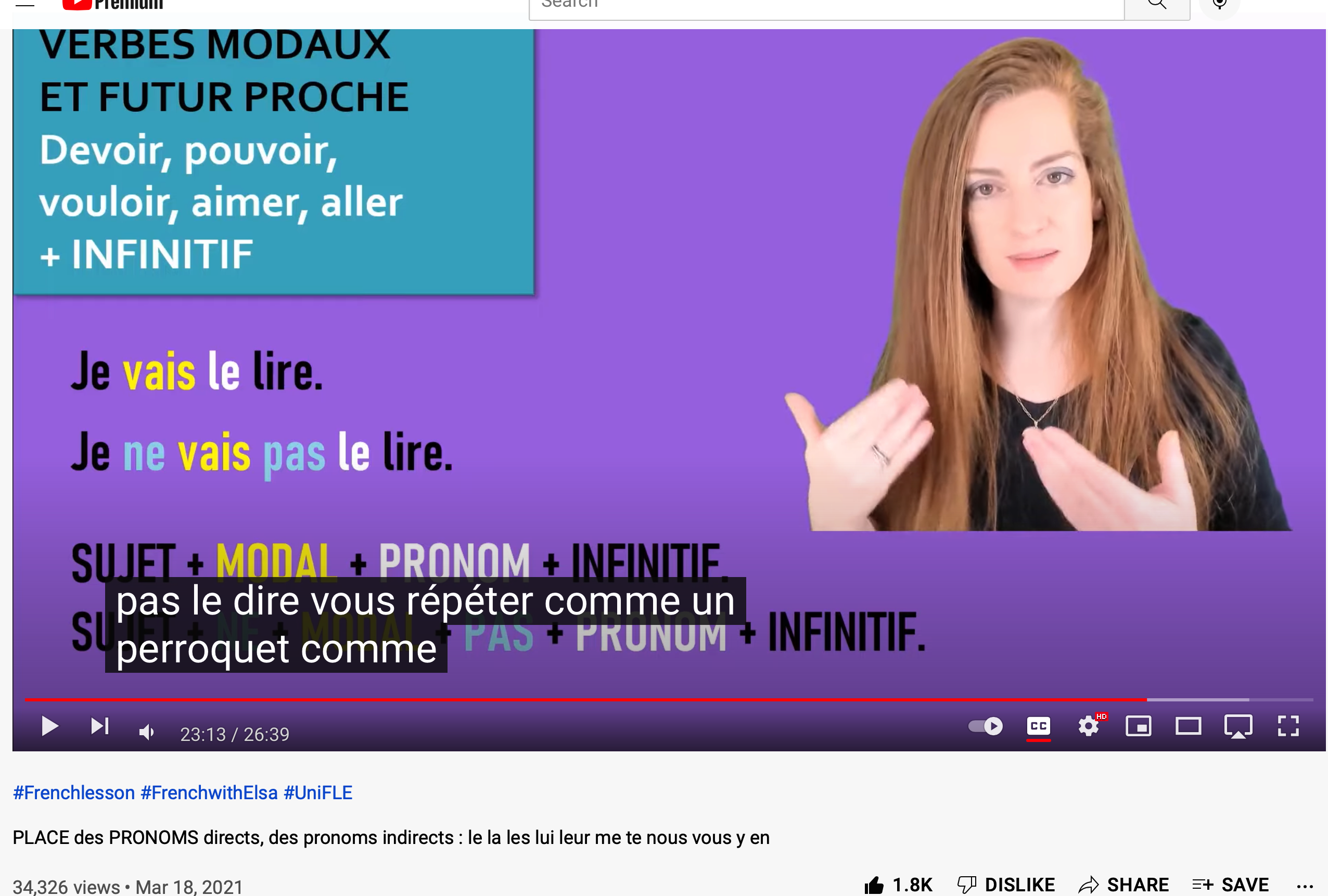 |
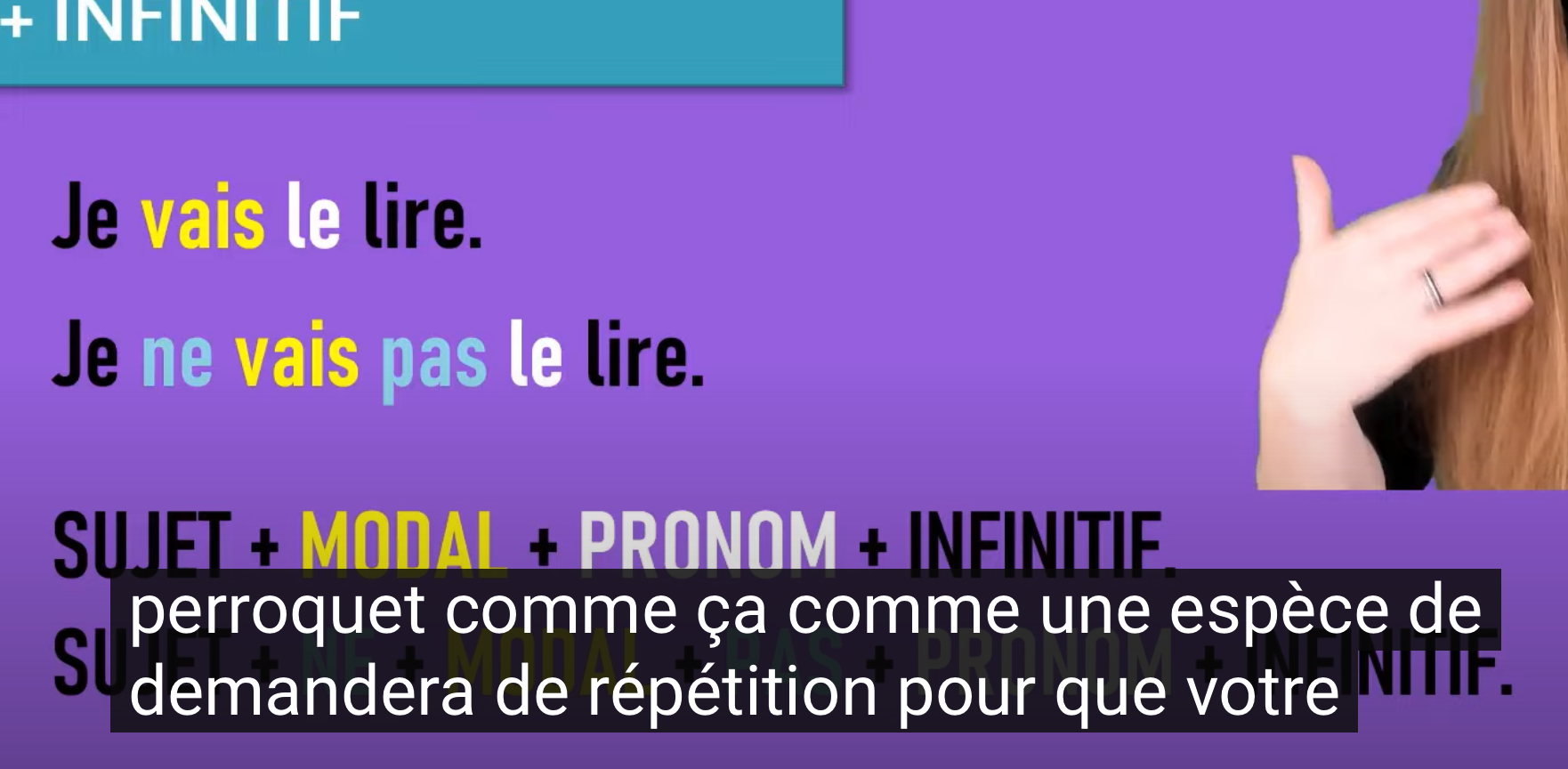 |

--Barbara Johnson
All Light, Everywhere (2021)
Two Discussion Questions (DQs) and Three Shots are due every Monday and Wednesday by 5:00 p.m. unless otherwise noted.
Email them in one word document to me at richardburtfilm@gmail.com. Send the word doc as an attachment. Do not send google docs or pdfs. I recommend you have the text or film open as you write your discussion questions.
TENTATIVE SCHEDULE (Please expect adjustments to be made in the schedule from time to time; all changes will be announced both in class and on the class email listserv.)
January 6 Introduction:
YOUR FIRST ASSIGNMENT: DUE January 10 by 5:00 PM: IN ONE WORD DOCX, EMAIL two Film Discussion Questions (DQs) on RASHOMON (dir. Akira Kurosawa, 1950) and Three shots with three film analysis terms to me atrichardburtfilm@gmail.com Send the word docx as an attachment. Do not send pdfs or google docs. The reason I ask you to send me wyour DQs as attachments is that is much easier for me to cut and paste them. Then I'll see this at the bottom of your email.
| LIT4930 DQ and BW.docx 48K View as HTML Scan and download |
I can click on "View as HTML" and directly cut and paste your DQs into the document with all the DQs that I send out on the listserv. Google docs and pdfs are unfortunately far more cumbersome to open and cut and paste. So that is why I ask you not to send your DQs in those formats. Thank you. By the way, I recommend you have the text or film open as you write your discussion questions.
Your word document will look like this:
Your name here (in the upper left corner)
1. (with timestamps of the shots you are discussing)
2. (with timestamps of the shots you are discussing)
a. (descriptions with timestamps)
b. (descriptions with timestamps)
c. (descriptions with timestamps)
NOTE: Your discussions questions are limited to the films. Do not use them as prompts to talk about something else. That is not film criticism. Ask questions about the formal structures of the texts and films, not about the author or historical context. Do not ask speculative questions about the films. They cannot be answered--or the only answer to them is "Who knows?"--and so they are not productive for critical discussion.
RECOMMENDED VIEWING:
Which director has the best account of Rashomon? The accounts are all excellent. What criteria does the best account meet? How do filmmakers talk productively about film.
JANUARY 11
REQUIRED FIRST VIEWING:
RASHOMON (dir. Akira Kurosawa, 1950), probably the most famous Japanese film of all time.
Sample quiz questions on Rashomon. Quizzes will be given at the beginning of class.
You can watch it for free on archive.org, by renting it on streaming services such as amazon, or by becoming a member of the Criterion Channel. All of the films required for this course are on the Criterion Channel. It costs $10.99 a month or $99.99 a year to become a member, but it may be cheaper to become a member than to rent all of the films separately. The main advantages of watching the films on the Criterion channel are the significantly higher image and sound quality. There are also supplements such as audiocommentaries, interviews, video essays, and so on.
Here are three film trailers, Rashomon (on Amazon), Rashomon (on Criterion) and Rashomon (the beginning of the film) The music for the first two is not in the film. It is taken from Bach's "Toccata And Fugue In D Minor, BWV 565," probably lifted from the symphonic arrangement in Walt Disney's Fantasia (1940)
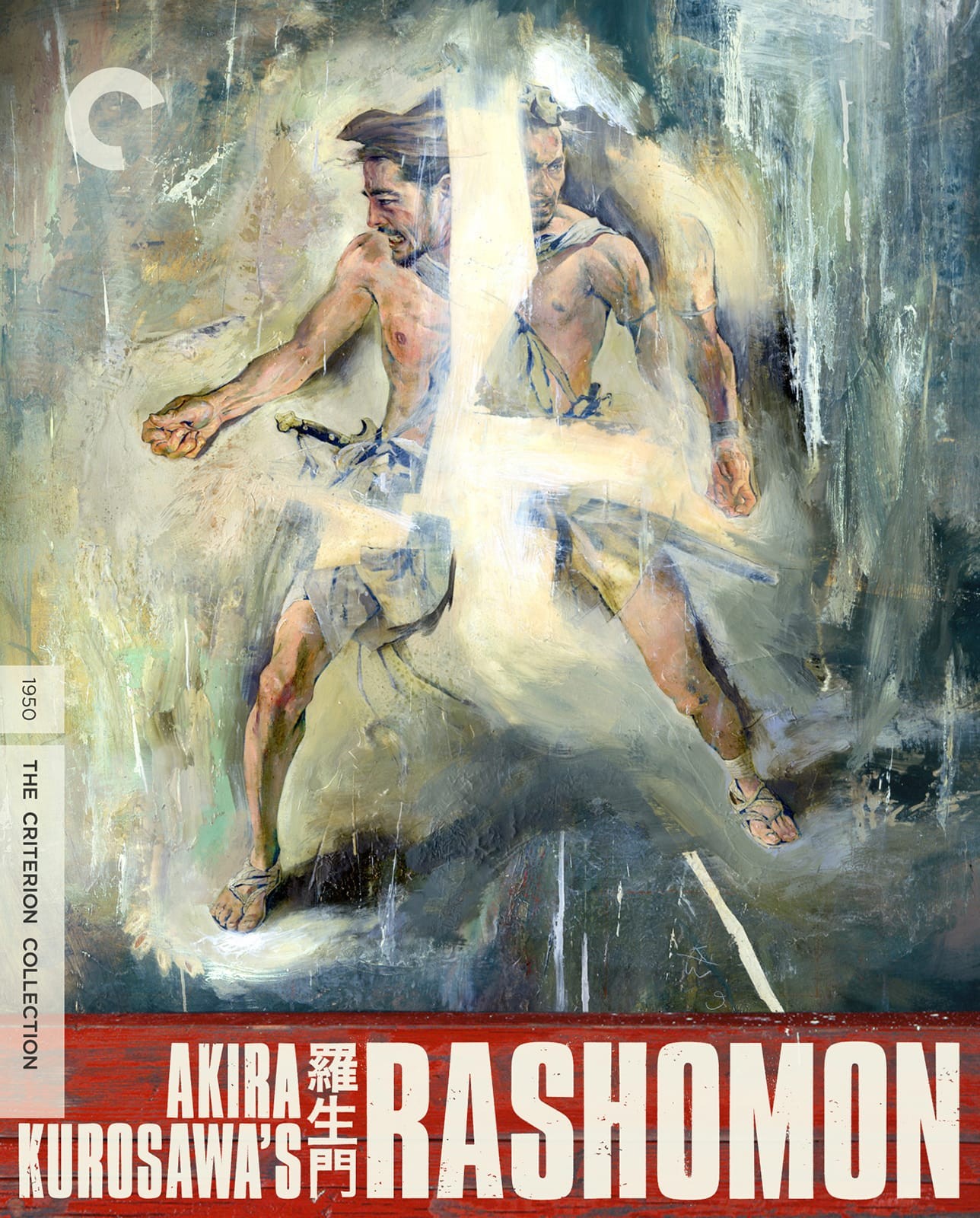
https://www.criterionchannel.com/rashomon
Japanese versus non-Japanese viewer. Robert Altman on RASHOMON 05: 33
Recommended Readings and Viewings:
Akira Kurosawa’s 100 favourite films
Walter Benjamin on Edgar Allan Poe, Marcel Proust, and Charles Baudelaire in "On Some Motifs in Baudelaire" and translating "À une passante" (pp. 223-24) and "Le Créspucle du soir"( pp. 324-27; p. 349n17)
Experience / Shock Experience: Description, Image, Memory
How a film gets made (behind the scenes): The Green Knight
DUE January 12 by 5:00 PM: IN ONE WORD DOC, EMAIL two more Discussion Questions on RASHOMON (dir. Akira Kurosawa, 1950) and Three additional shots with three film analysis terms torichardburtfilm@gmail.com.
Send the word docx as an attachment. Do not send pdfs or google docs. The reason I ask you to send me wyour DQs as attachments is that is much easier for me to cut and paste them. Then I'll see this at the bottom of your email.
| LIT4930 DQ and BW.docx 48K View as HTML Scan and download |
I can click on "View as HTML" and directly cut and paste your DQs into the document with all the DQs that I send out on the listserv. Google docs and pdfs are unfortunately far more cumbersome to open and cut and paste. So that is why I ask you not to send your DQs in those formats. Thank you. By the way, I recommend you have the text or film open as you write your discussion questions.
January 13:
REQUIRED SECOND VIEWING:
RASHOMON (dir. Akira Kurosawa, 1950)

DUE January 17 by 5:00 PM: : IN ONE WORD DOC, EMAIL two Discussion Questions on Ikiru (dir. Akira Kurosawa, ) and Three shots with three film analysis terms to richardburtfilm@gmail.com. Send the word doc as an attachment. Do not send google docs or pdfs.
January 18:
REQUIRED FIRST VIEWING:
Ikiru (dir. Akira Kurosawa, 1952)

DUE January 19 by 5:00 PM: : IN ONE WORD DOC, EMAIL two more Discussion Questions on Ikiru (dir. Akira Kurosawa, ) and Three additional shots with three film analysis terms to richardburtfilm@gmail.com.
Send your DQs in your word docx as an attachment. Please do not send pdfs or google docs. The reason I ask you to send me your word docx as an attachment is that it is much easier for me to cut and paste it. I'll see ""View as HTML" at the bottom of your email.
| LIT4930 DQ and BW.docx 48K View as HTML Scan and download |
I can click on "View as HTML" and directly cut and paste your DQs into the document with all the DQs that I send out on the listserv. Google docs and pdfs are unfortunately far more cumbersome to open and cut and paste. So that is why I have asked you not to send your DQs in those formats. Thank you. By the way, I recommend you have the assigned text or film open as you write your discussion questions.
I will no longer post due dates for DQs and Three Shots. You know the drill.
Once you have a partner to co-lead class discussion, create a google doc for your notes and share it with me by 5:00 p.m. the day before you are co-leading so I can add my thoughts. Make sure you give me permission to edit the document.
January 20:
REQUIRED SECOND VIEWING:
Ikiru (dir. Akira Kurosawa, 1952)

January 25
REQUIRED FIRST VIEWING:
After Life (dir. Hirokazu Koreeda, 1998)
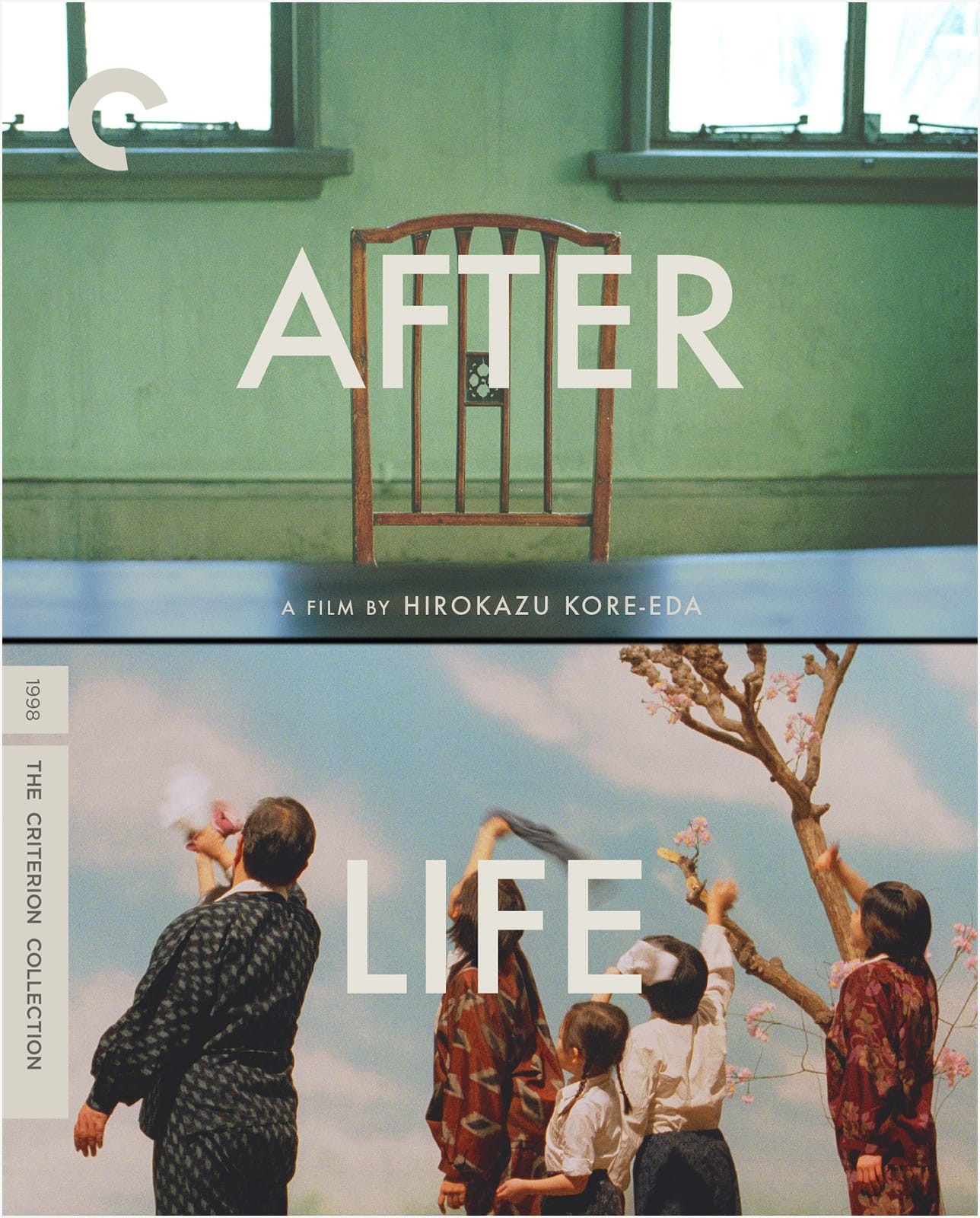
January 27
REQUIRED SECOND VIEWING:
After Life (dir. Hirokazu Koreeda, 1998)

FIRST PAPER, a Film Clip Analysis Assignment, DUE JANUARY 29, by 11:50 p.m.
February 1
REQUIRED FIRST VIEWING:
Hari-Kiri (dir. Masaki Kobayashi, 1962)

February 3
Hari-Kiri (dir. Masaki Kobayashi, 1962)

February 8
REQUIRED FIRST VIEWING:
Woman in the Dunes (dir. Hiroshi Teshigahara, 1964)
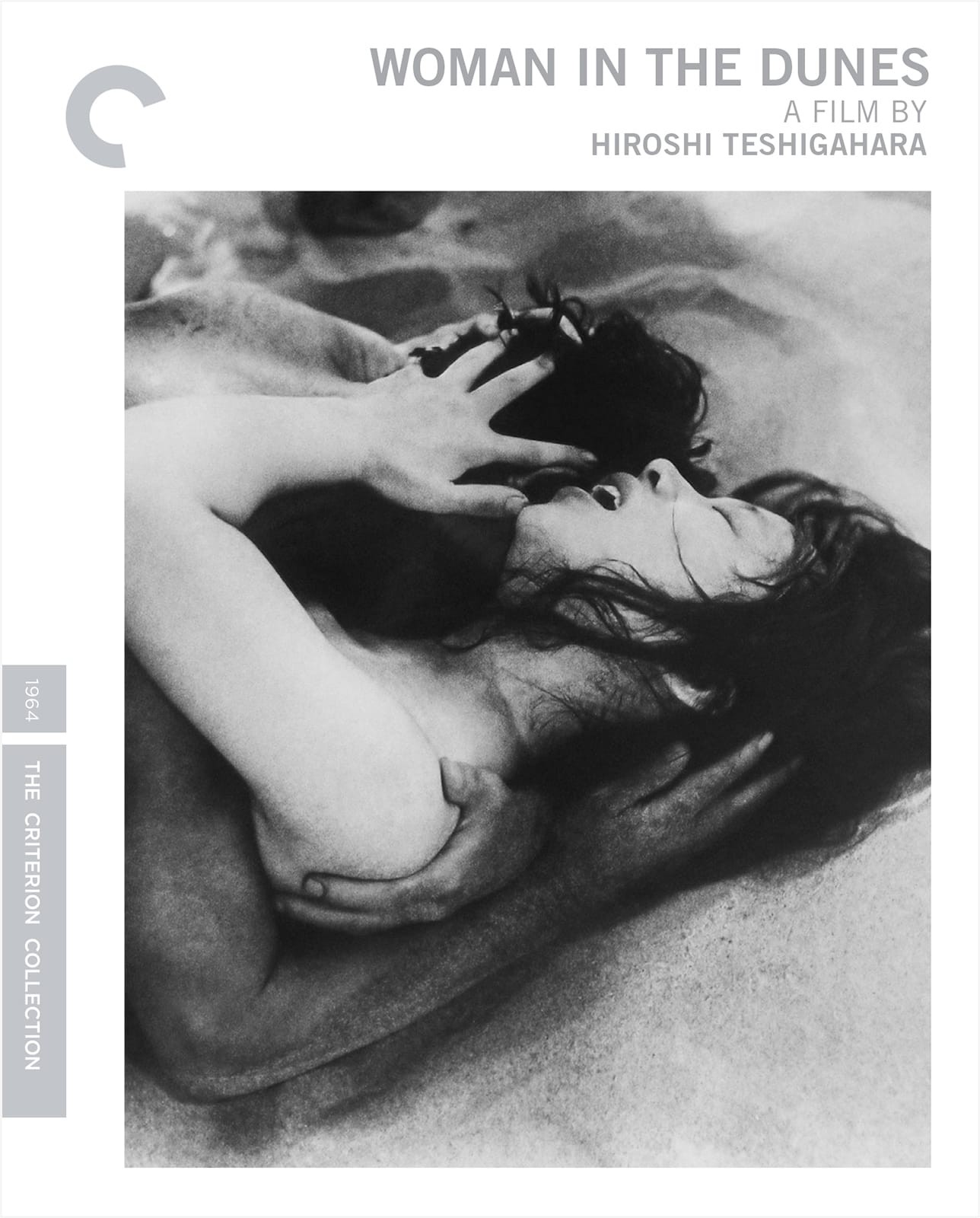
February 10
REQUIRED SECOND VIEWING:
Woman in the Dunes (dir. Hiroshi Teshigahara, 1964)

February 15
REQUIRED FIRST VIEWING:
The Face of Another (dir. Hiroshi Teshigahara, 1966)
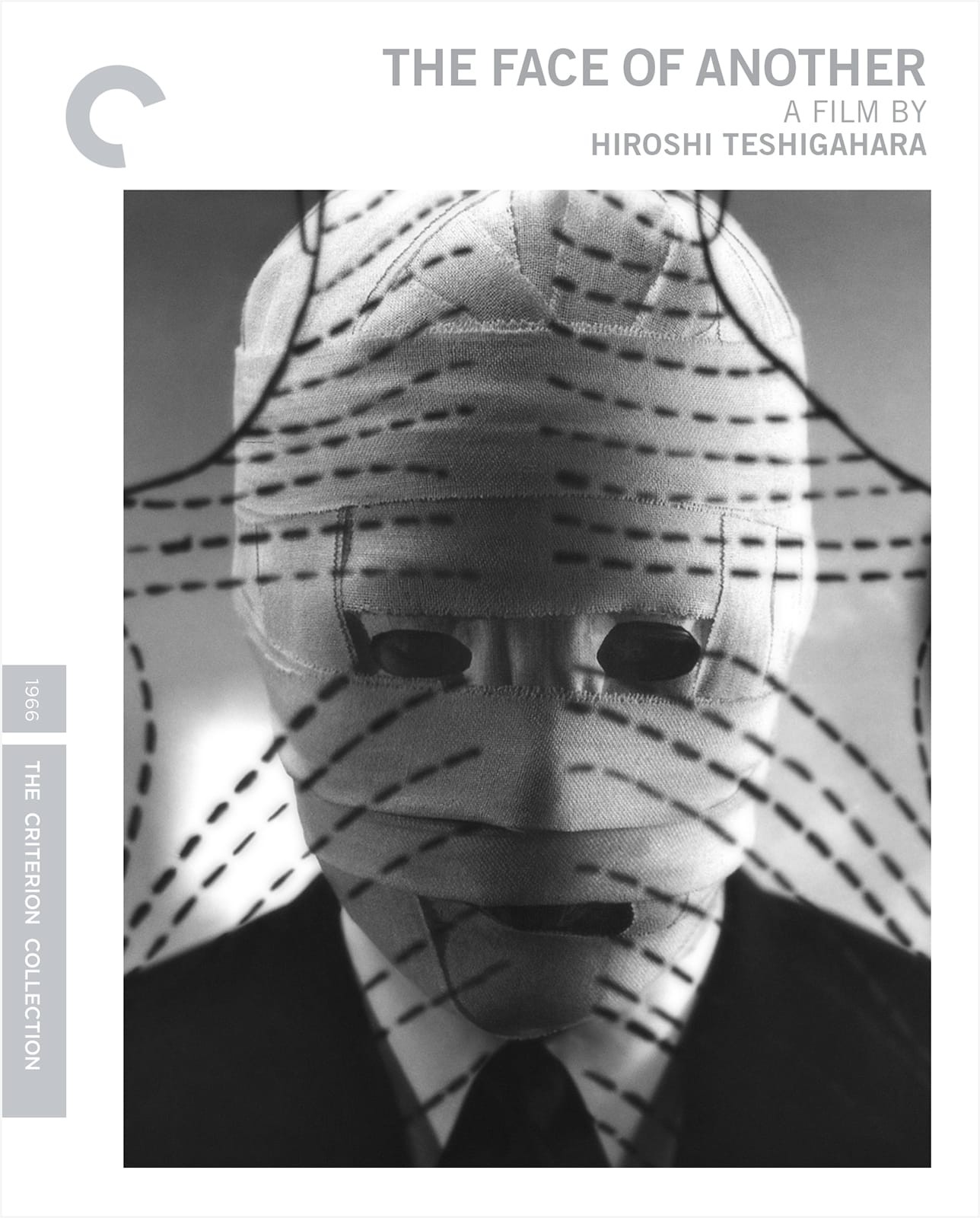
February 17
REQUIRED SECOND VIEWING:
The Face of Another (dir. Hiroshi Teshigahara, 1966)
Recommended Viewing:
La Jetée (dir. Chris Marker, 1962)
"Three Studies for a Crucifixion" Triptych by Francis Bacon
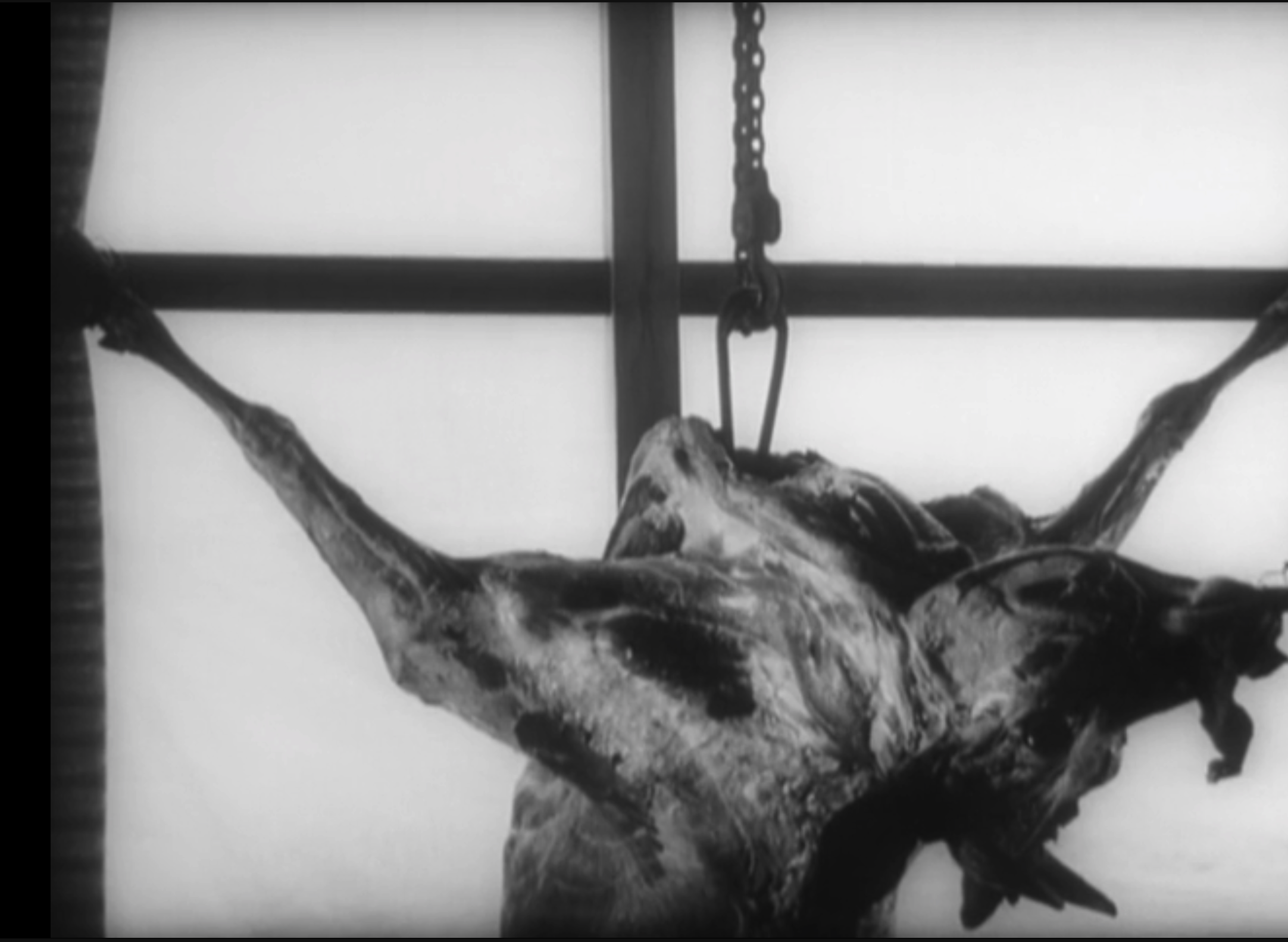

February 22
In the Realm of the Censors
REQUIRED FIRST VIEWING:
In the Realm of the Senses (dir. Nagisa Oshima, 1976)
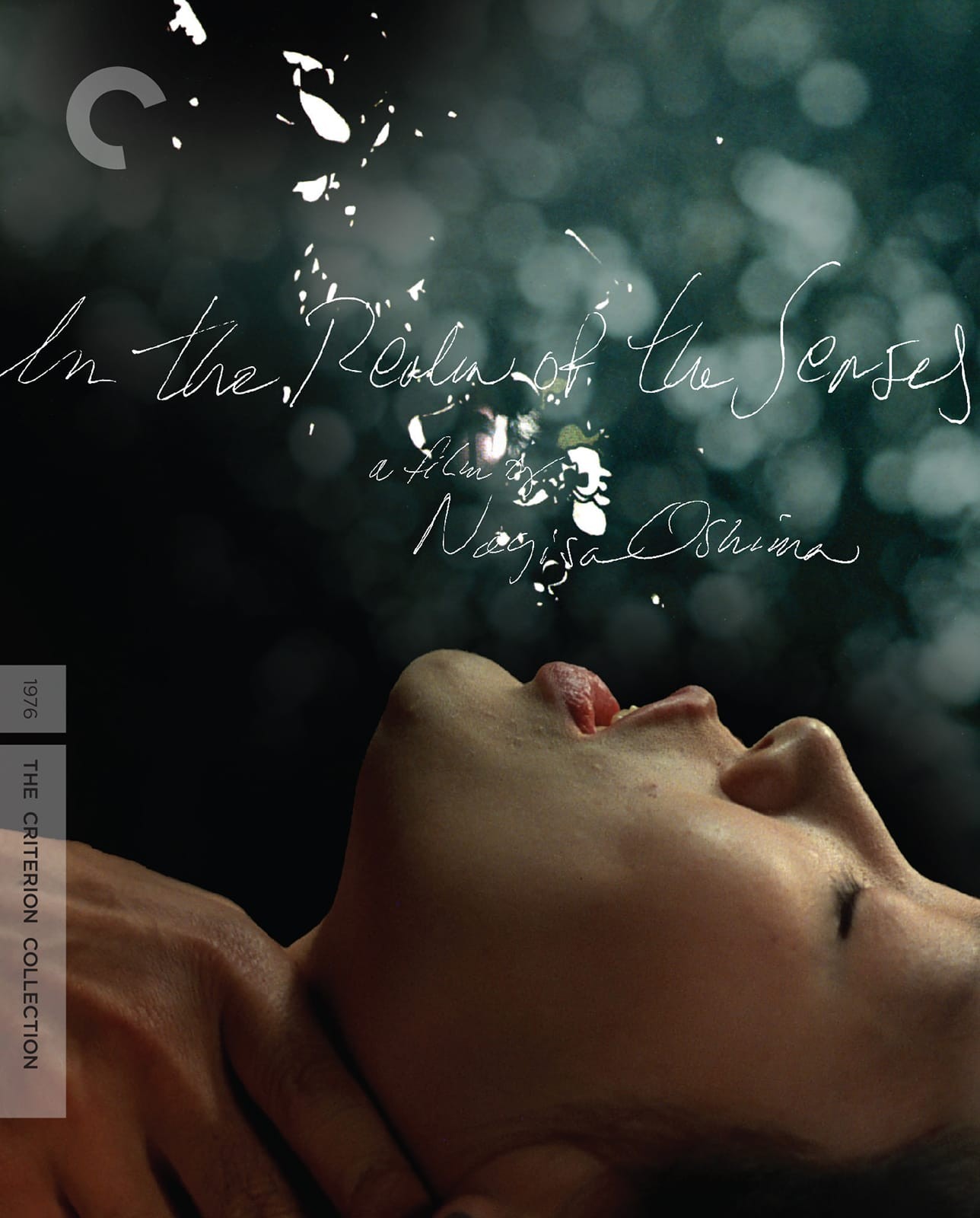
February 24
REQUIRED SECOND VIEWING:
In the Realm of the Senses (dir. Nagisa Oshima, 1976)

March 1
REQUIRED FIRST VIEWING:
Branded to Kill (dir. Seijun Suzuki , 1967)

March 3
REQUIRED SECOND VIEWING:
Branded to Kill (dir. Seijun Suzuki, 1967)

SPRING BREAK
March 10
SPRING BREAK
March 15
REQUIRED FIRST VIEWING:
House (dir. NOBUHIKO OBAYASHI)

March 17
REQUIRED SECOND VIEWING:
House (dir. NOBUHIKO OBAYASHI)

March 22
REQUIRED FIRST VIEWING:
An Actor’s Revenge (dir. Kon Ichikawa, 1963)

March 24
REQUIRED SECOND VIEWING:
An Actor’s Revenge (dir. Kon Ichikawa, 1963)

APRIL 2: SECOND PAPER DUE by 11:59 p.m.
March 29
REQUIRED FIRST VIEWING:
The Sword of Doom (dir. KIHACHI OKAMOTO, 1963)

March 31
REQUIRED SECOND VIEWING:
The Sword of Doom (dir. KIHACHI OKAMOTO, 1963)

APRIL 2: SECOND PAPER DUE by 11:59 p.m. READ THROUGH THIS WEBPAGE. READ ALL OF IT. CLOSELY. VERY CLOSELY. PLEASE NOTE: Now that you have learned from your mistakes in our discussion of your first paper, and now that you have practiced writing twice a week through your DQs, I fully expect you to be able to make an argument in your essay, write grammatical sentences, use words properly, and punctuate properly. Papers that have ungrammatical sentences, mispunctuate, or misuse words will get "D" grades. Be sure to give yourself time to revise and to proofread your paper carefully before you send it to me at[email protected]. I recommend reading your work aloud. It's a good way to see what you need to revise. You can also get help at the Writing Program. See also the Plain Style: A Guide to Written English. READ THROUGH THIS WEBPAGE. READ ALL OF IT. CLOSELY. VERY CLOSELY.
April 5
REQUIRED FIRST VIEWING:
Sansho the Bailiff (dir. Kenji Mizoguchi, 1954) or Ugetsu (dir. Kenji Mizoguchi, 1953) or Onibaba (dir. Kaneto Shindo, )
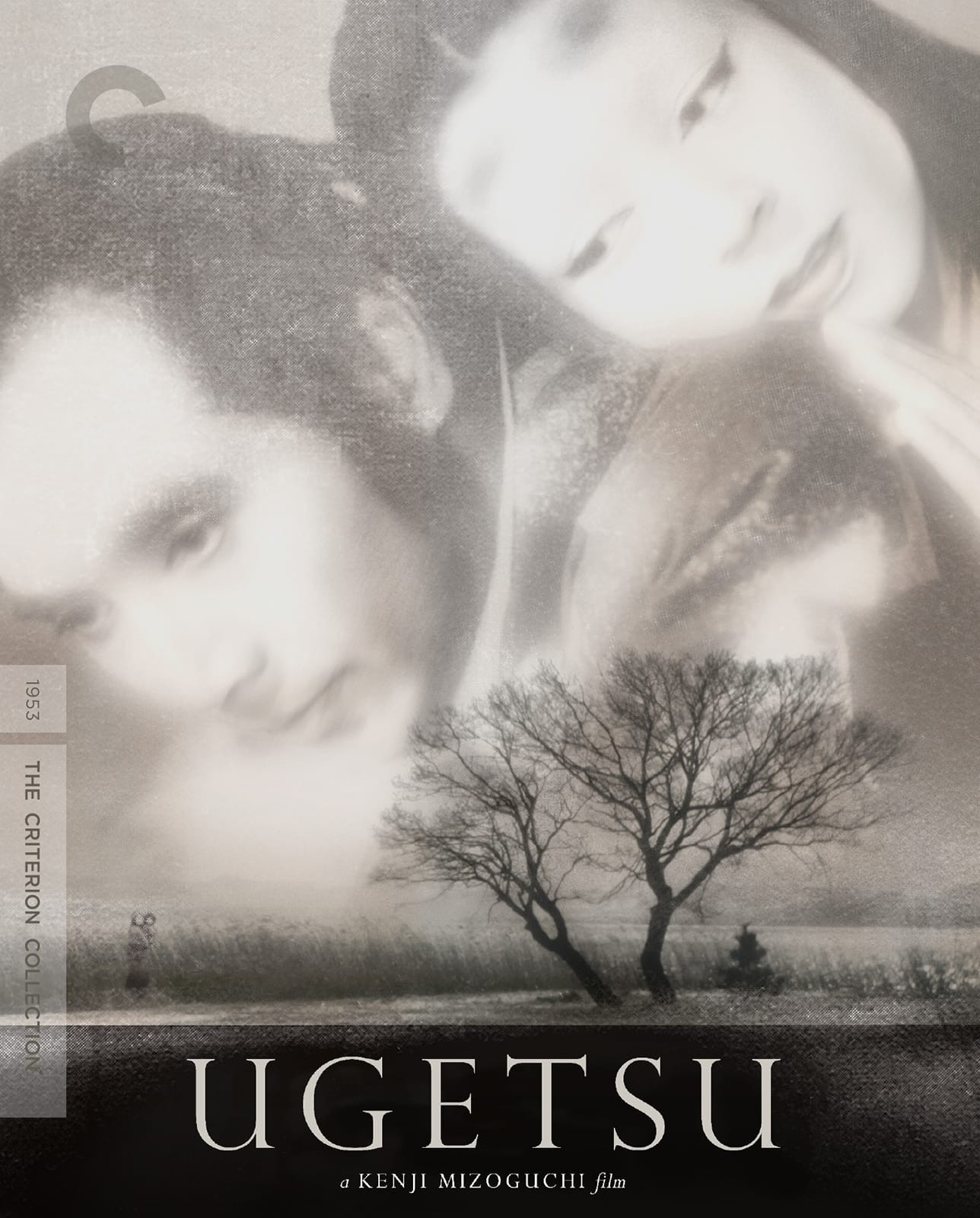

REQUIRED SECOND VIEWING:
Sansho the Bailiff (dir. Kenji Mizoguchi, 1954) or Ugetsu (dir. Kenji Mizoguchi, 1953) or Onibaba (dir. Kaneto Shindo, 1964)


Tokyo Story (dir. Yasujir? Ozu, 1953)

REQUIRED FIRST VIEWING:
in the first half of class, we'll continue to discuss Tokyo Story without a second viewing. In the second half of class, we will discuss Late Spring. Turn in DQs April 13 on Late Spring only. We'll discuss it again after our seconding viewing on April 19.
Late Spring (dir. Yasujiro Ozu, 1949)
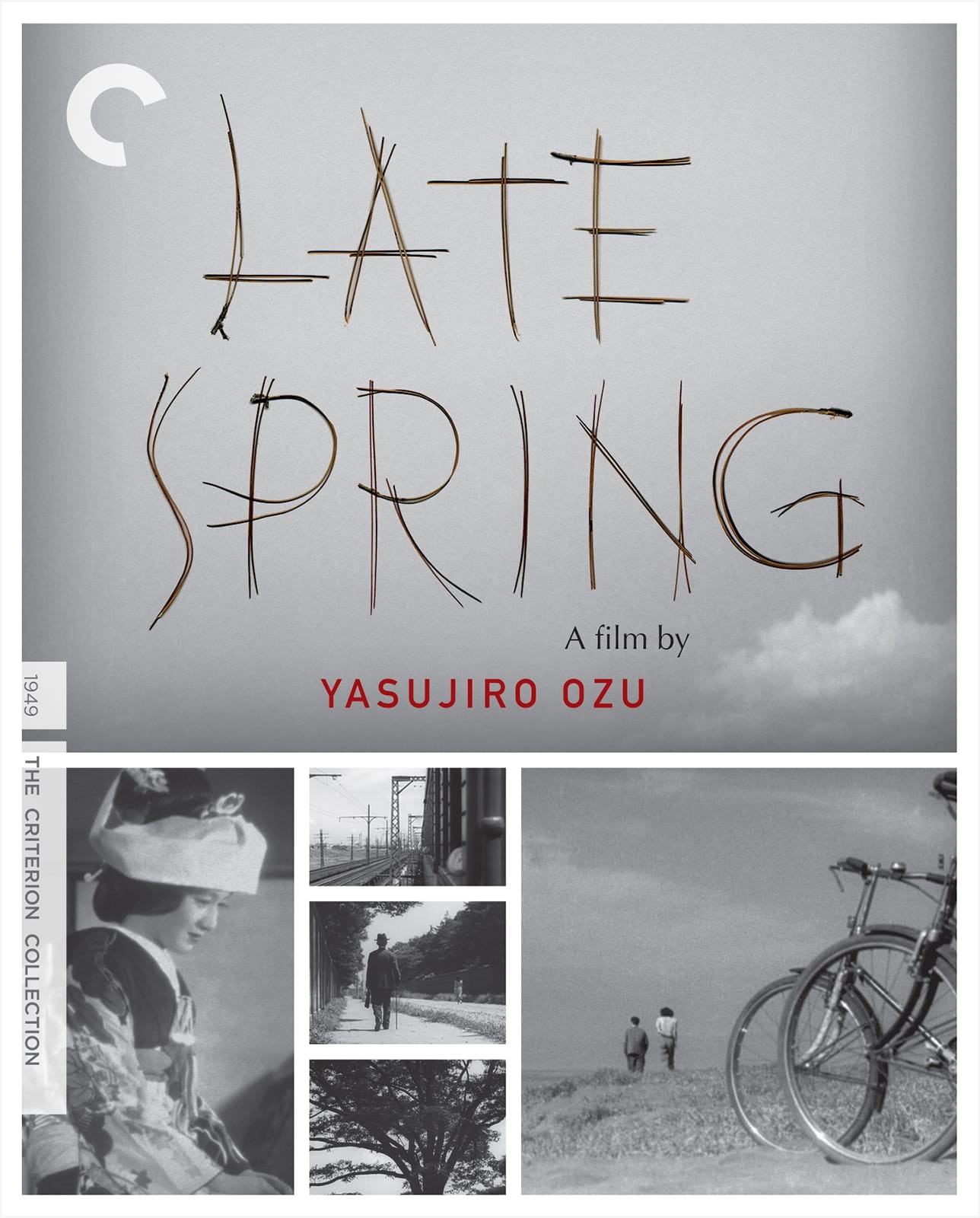
THIRD PAPER DUE April 16 by 11:59 p.m.
REQUIRED SECOND VIEWING:
Late Spring (dir. Yasujiro Ozu, 1949)

Nothing below is required for this course:



Nothing below is required for this course:

Seven Samurai

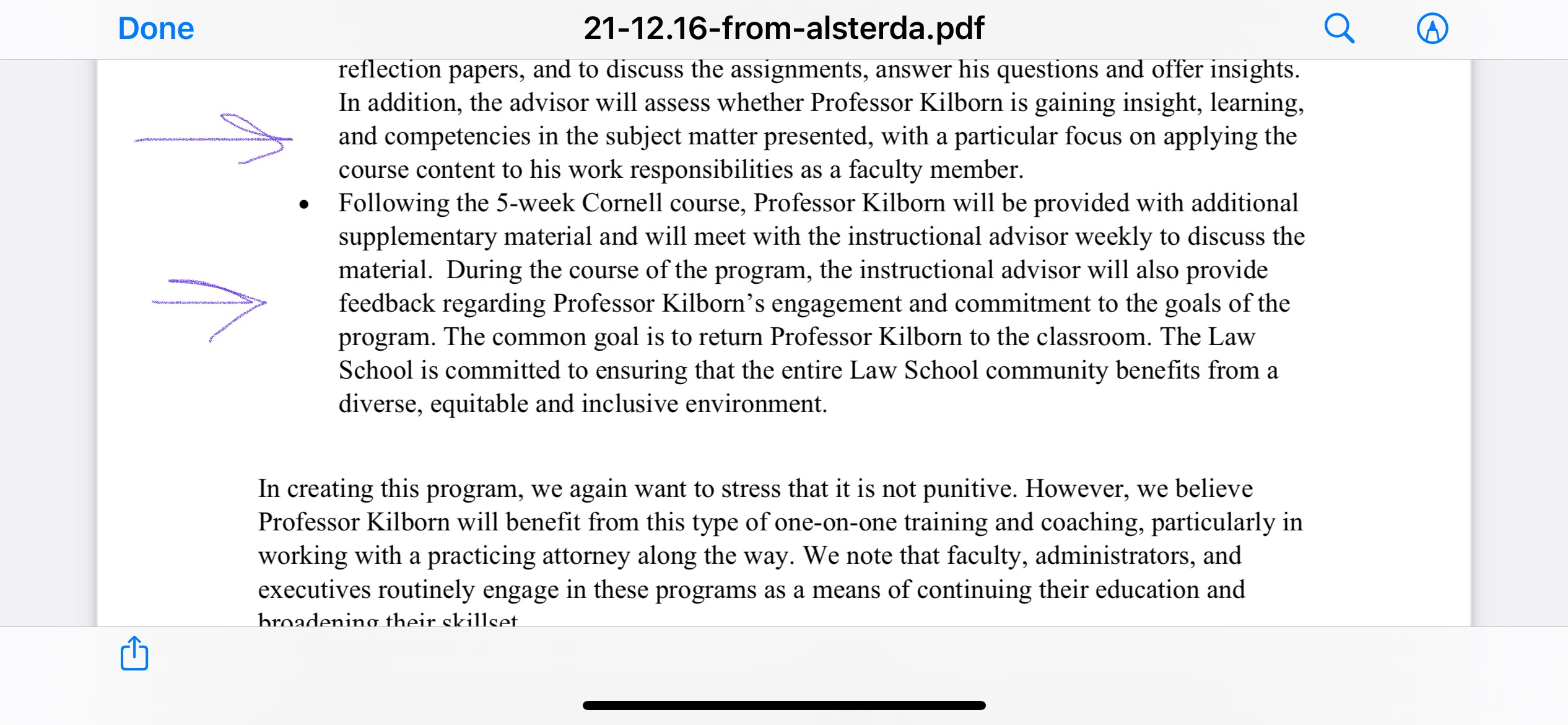
I have not assigned viewings to the last three classes because we may spend more time reading some of the texts assigned above. I am giving us some flexibility. Or maybe we'll get to Don Quioxte. Or possibly Anton Chekhov's short story, "The Exclamation Mark."
Martin Heidegger, What Is Called Thinking?
The Agenda with Steve Paikin, "How Much Free Speech do Canadians Want?"
The hoax: academic writing as conceptual poem without telling the reader.
Caravaggio (Michelangelo Merisi) | "The Musicians" | The Metropolitan Museum of Art.pdf
Recovering Lost Fictions / Caravaggio's Musicians | MIT List Visual Arts Center.pdf
Slavoj Žižek on "They Live" (The Pervert's Guide to Ideology)
Vance Packard, The Hidden Persuaders (the paranoid close reading)
100 Examples of "Pareidolia" - Seeing Faces in Everyday Objects

Text and paratext in Mark Z. Danielewski's House of Leaves
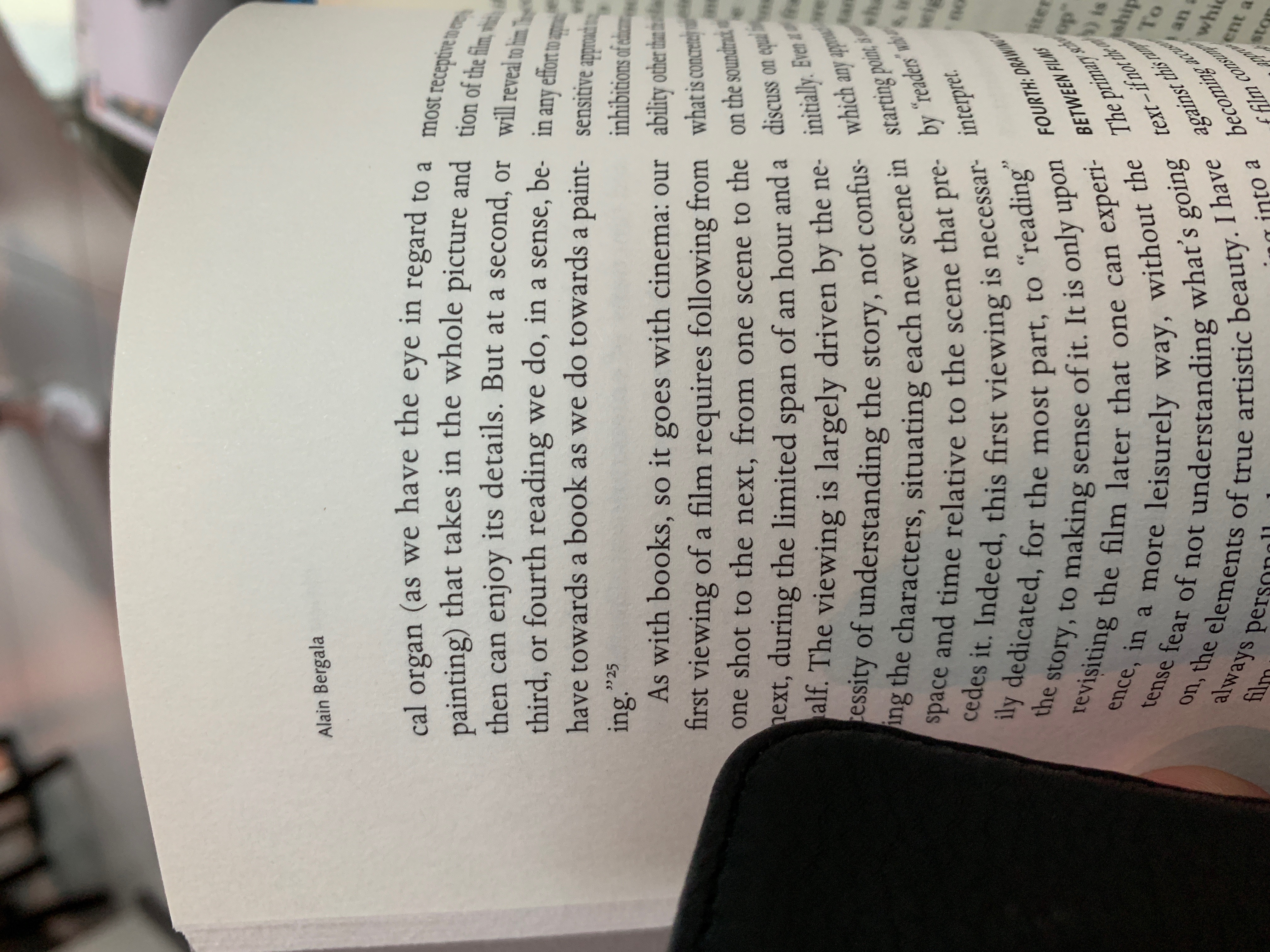
Martin Heidegger, What is Called Thinking? (selections)
"Crochets" in Clarissa; See also "hooks."




Adam Smyth, Pronting errors
Alternate title: Chirologia.; Naturall language of the hand.; Chironomia.; Art of manuall rhetoricke.
Bibliographic name/number: Wing / B5462; Wing / B5466.
J. B. fl. 1648-1654.2 v. ([29], 187, [23], 146, [1] p.) :. London: Printed by Tho. Harper, and are to be sold by Henry Twyford .., 1644.

Diderot, Denis, The Nun (Oxford World's Classics)
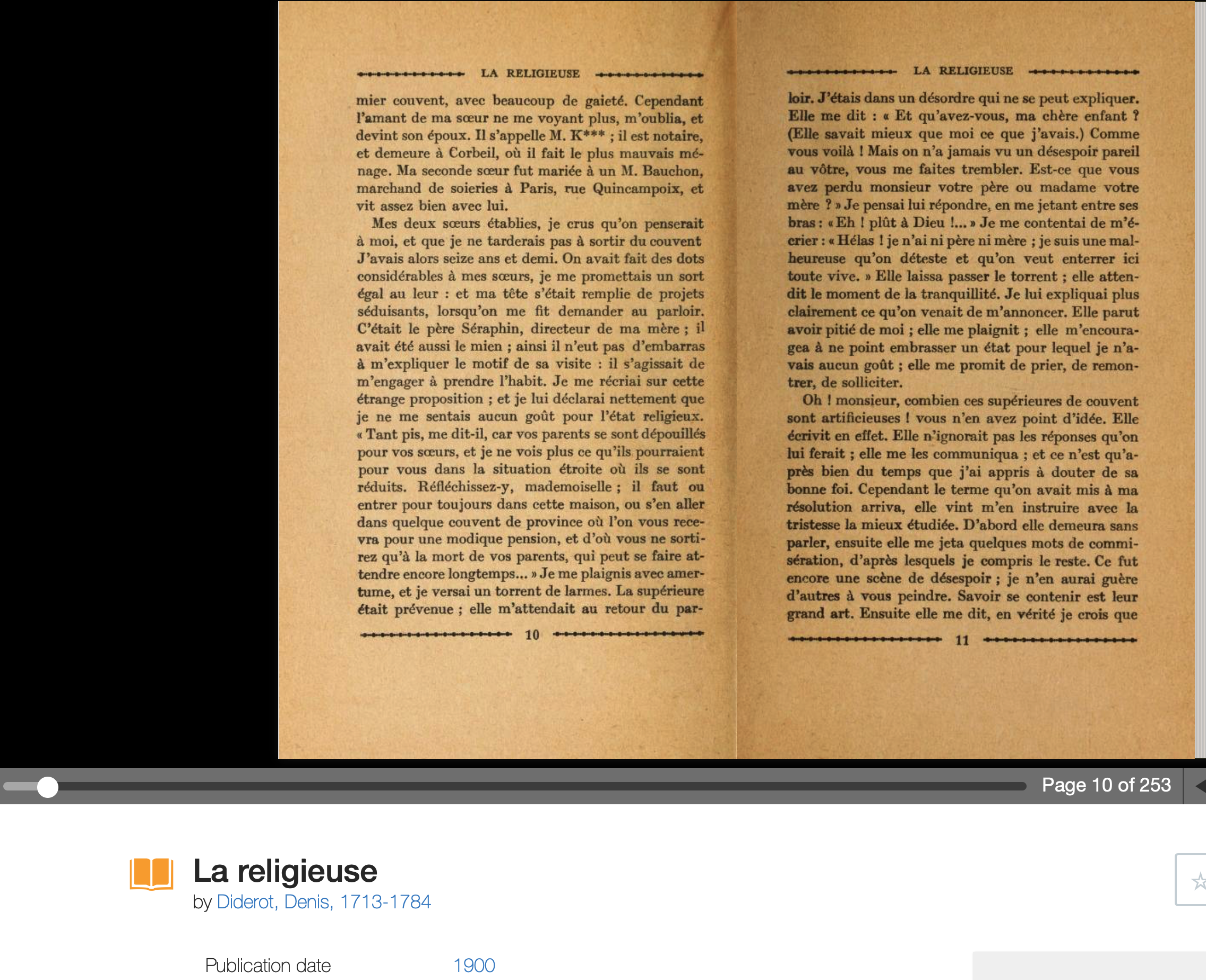
Visual editions
sets up Blanchot and Thurston
Derrida day. Hartman "Monsieur Texte" Mallarme with blanks and and space
The Post Card



Rene Descartes, "Preface" to the French Edition
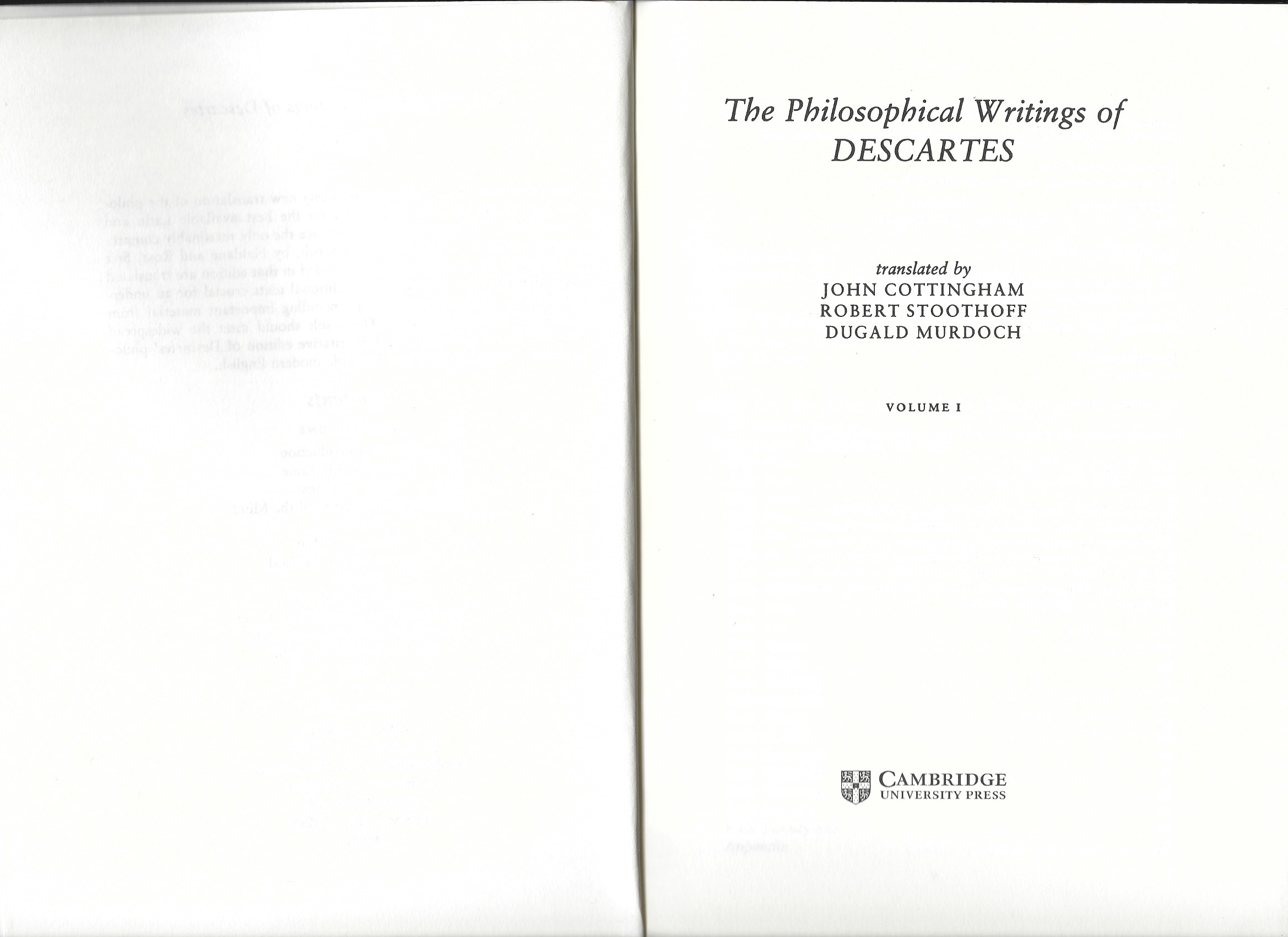
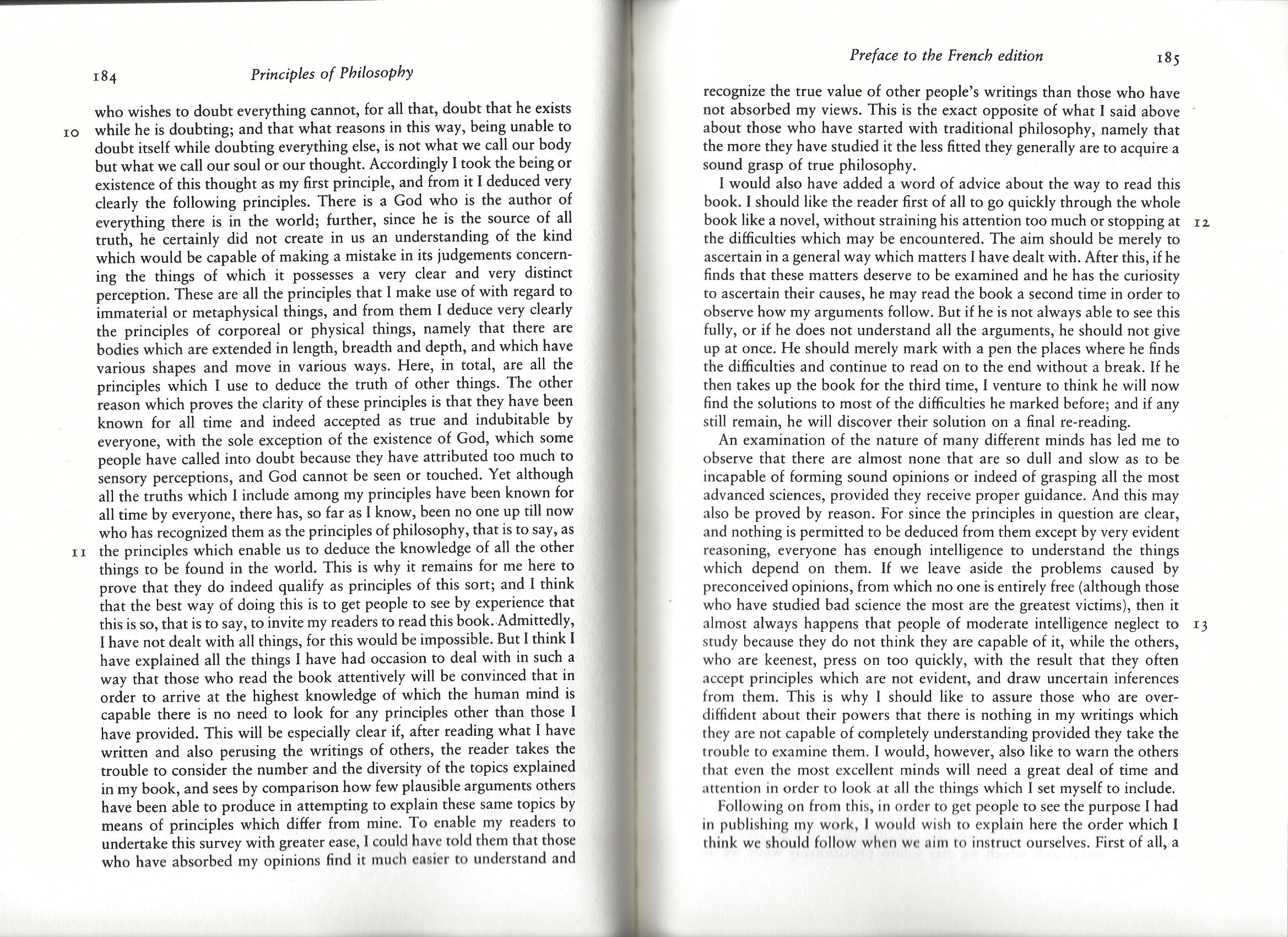
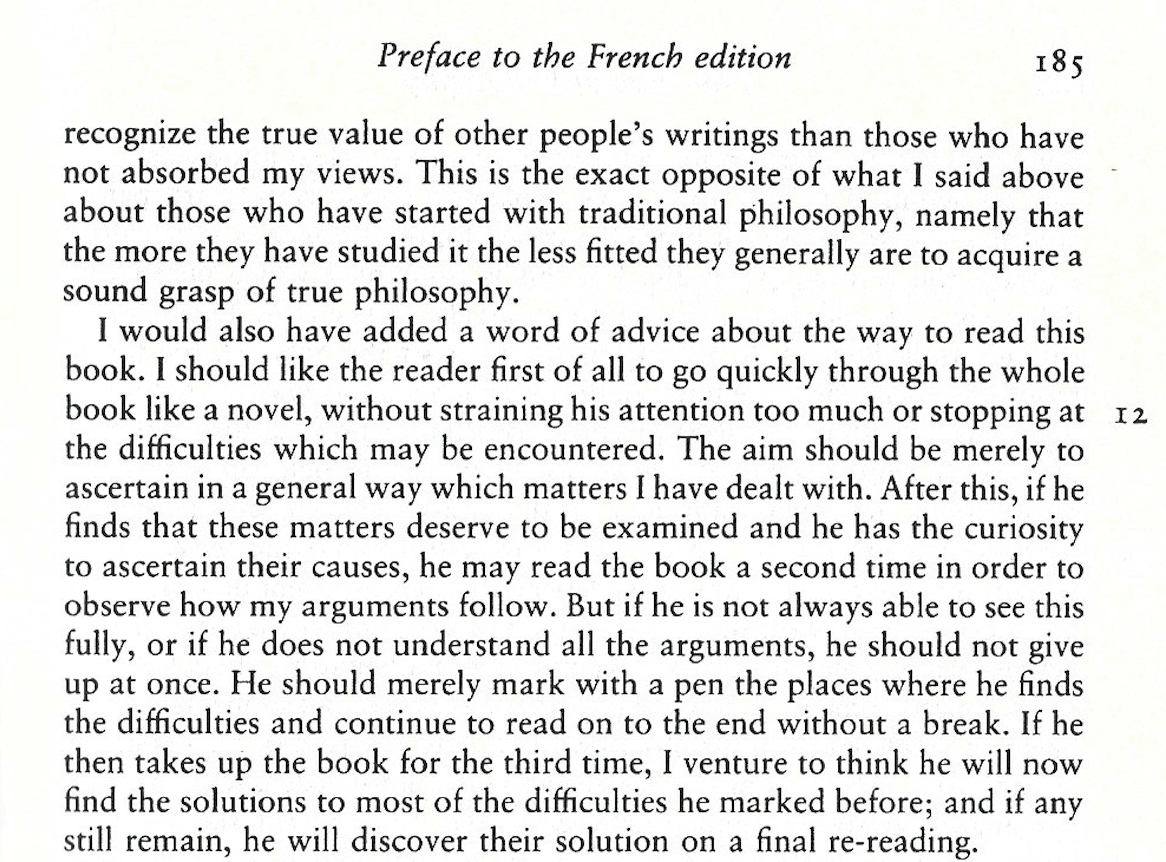
Markus_Krajewski, Paper_Machines
MaterialityShakespeareanText.pdf
Ronell_Avital_The_Telephone_Book_Technology_Schizophrenia_Electric_Speech.pdf
Peter Stallybrass, What Is a Letter?
Reading Tristram Shandy The Tristrapedia Project
Peter Stallybrass, "The Library and Material Texts "





Peter Szendy, Chapters 3 and 4 in Of Stigmatology: Punctuation as Experience (Verbal Arts: Studies in Poetics) 2018 pp. 17-29.
1 Corinthians 11:24, KJV “And when he had given thanks, he brake it, and said, Take, eat: this is my body, which is broken for you: this do in remembrance of me.”
Matthew 26:26, KJV “And as they were eating, Jesus took bread, and blessed it, and brake it, and gave it to the disciples, and said, Take, eat; this is my body.”
Mark 14:17-25, KJV And as they did eat, Jesus took bread, and blessed, and brake it, and gave to them, and said, Take, eat: this is my body. And he took the cup, and when he had given thanks, he gave it to them: and they all drank of it. And he said unto them, This is my blood of the new testament, which is shed for many.
Luke 22:14-20, KJV And he took bread, and gave thanks, and brake it, and gave unto them, saying, This is my body which is given for you: this do in remembrance of me. Likewise also the cup after supper, saying, This cup is the new testament in my blood, which is shed for you."
First_Examination_Of_Anne_Askew
After this sort was Christ led from the examination of the clergy to Pilate,
132
Matth. 27.
In that the examination of the quest and of the Mayor was all
one, ye may well know that they had both one school master, even the
brutish Bishop of London. The ignorant magistrates of England will neither
be godly wise with David and Salomon, nor yet embrace the earnest
instructions of God, to be learned in the scriptures, Psa. 2, Sapien. 6133 but
still be wicked ministers, and cruel servant slaves to Antichrist and the devil,
134
Apoc. 17. More fit are such witless mayors and graceless officers as
Bonner. Ignorance.
knoweth not white from black and light from darkness, Esa. 5,
to feed 138
136
terrible day abideth them, which thus ordereth the innocent. Jaco. 2.
Anne Askew. Besides this my lord mayor laid one thing unto my
[8]
charge, which was never spoken of me, but of them. And that was, whether a mouse eating the host received God or no? This question did I never ask, but in deed they asked it of me, whereunto I made them no answer, but smiled.
If we would attend well unto Christ’s divinity, and let these oiled152 divines dispute among old Gossips, we should soon discharge mice and rats, weak stomachs and parbreaking153 drunkards, of a far other sort than thus, hethateatethmyflesh(saithChristJo.6)154 anddrinkethmyblood,dwelleth in me and I in him. This eating is all one with the dwelling, and is neither for mice nor rats, burnt chancels155 nor drunken priests. For as we eat we dwell, and as we dwell we eat, by a grounded and perfect faith in him. The substance of that most godly refection lieth not in the mouth eating nor yet in the belly feeding, though they be necessary, but in the only spiritual or soul eating. No wise man will think that Christ will dwell in a mouse, nor yet that a mouse can dwell in Christ, though it be the doctrine of these doughty douze-
Nota.
Women.
Anne Askew.
Then the Bishop’s chancellor rebuked me, and said that I was much to blame for uttering the scriptures. For S. Paul (he said) forbade women to speak or to talk of the word of God. I answered him that I knew Paul’s meaning so well as he, which is 1 Corinthiorum 14157 that a woman ought not to speak in the congregation by the way of teaching. And then I asked him, how many women he had seen, go into the pulpit and preach
Recommended:
https://archive.org/details/lifeopinionsoftr00steruoft
http://www.tristramshandyweb.it/sezioni/TS/parish.htm
https://www1.gifu-u.ac.jp/~masaru/TS/contents.html
(there are two readings):
Donald Ault, "Foreword." Coleridge’s Ancient Mariner An Experimental Edition of Texts and Revisions, 1798-1828. Ed. Martin Wallen. Barrytown, N.Y.: Station Hill Press, 1993: vii-xv.




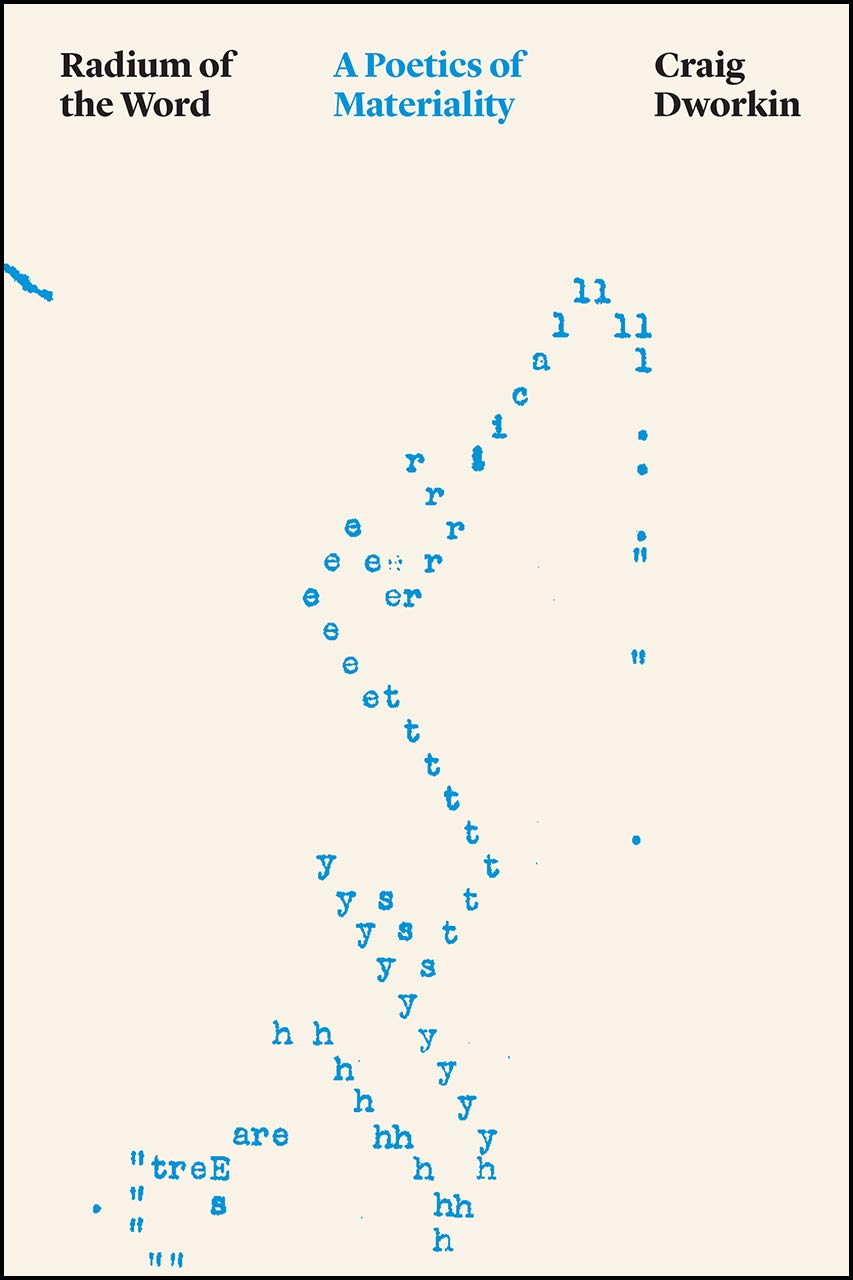
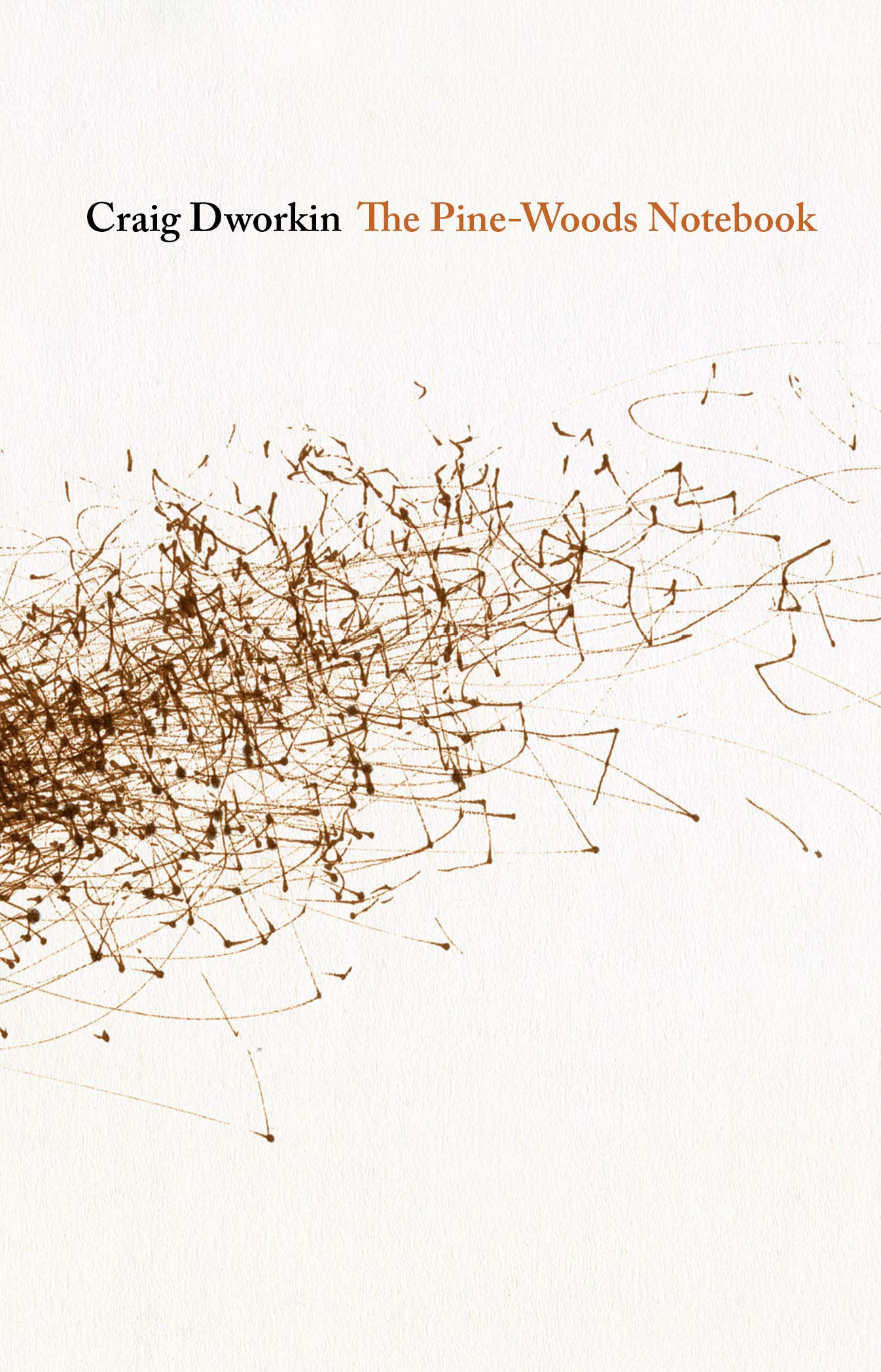

What is there to find?
Hnery James, The Aspern Papers
Ann Smock, "Introduction" to What Is There to Say? (2007)
What More Can You Say? Is There Anything More to Say?
Nothing to See Here
Kierkegaard on chatter
Heidegger on Idle Talk
Borges "Garden of the Forking Path"
Vicious Circle Blanchot
Hermeneutic circle Heidegger
Digression on ECO-WRITING, or ALPHABETTERING: (Saving) Spaces Between Words, Lines, and Pages


The ‘missing 28 pages’ from the Congressional report on 9/11 won’t stop conspiracy theories
J.S.Bach "The Goldberg Variations" [ Glenn Gould ] (1955) / Steinway grand pianos / J.S. Bach, The Art of the Fugue; W.K. Wimsatt, The Verbal Icon: Studies in the Meaning of Poetry (1954) "When Is Variation Elegant?" / Vladimir Horowitz
Looking at the Book
Textual Criticism
Jerome McGann
The Textual Condition
The Material Book
Gerard Genette’s Paratexts; Michel Foucault’s “Lives of Infamous Men”; Bill Sherman’s Used Books; Will Hogan’s The Thing The Book; Nicholas Nace’s Catch-words; Markus Krajewski’s Paper Machines: About Cards & Catalogs, 1548-1929; Garret Stewart’s Bookwork: Medium to Object to Concept to Art; Avital Ronnell’s Telephone Book; Mary Franklin-Brown’s Reading the World; Susan Howe's Concordance; Anna-Sophie Springer and Etienne Turpin’s Fantasies of the Library; Henry James, The Aspern Papers; Pierre Bayard, How to Talk About Books You Haven't Read; The Library of Congress’s The Card Catalog: Books, Cards, and Literary Treasures; Curiosity and Method, Ten Years of Cabinet Magazine; Jacques Derrida's (Mes)Chances" and “Typewriter Ribbon: Limited Ink (2 ) ‘within such limits’”; and Ann Blair’s Too Much To Know: Managing Scholarly Information Before the Modern Age. See also articles on encyclopedias by William West . . .

Daniel Sawyer, "Chapter 11. Page Numbers, Signatures, and Catchwords," in Book Parts, edited by Dennis Duncan and Adam Smyth.
DANIEL SAWYER, Book Parts and the Feed
http://users.clas.ufl.edu/burt/SeeAlso/
Concordance: An Evening with Susan Howe
BookObjectDigital
Cecelia Watson,"Blubber and Blather," Semi-Colon: The Past, Present, and Future of a Misunderstood Mark
Jonathan Swift, A. C. Guthkelch, D. Nichol Smith, A Tale of a Tub to which is Added The Battle of the Books, and the Mechanical Operation of the Spirit. Together with The History of Martin, Wotton's Observations Upon the Tale of a Tub, Curll's Complete Key, Etc
Jonathan Swift, A Tale of a Tub and Other Works
Dennis Duncan and Adam Smyth, Book Parts, vii, xxi, 1-11; 16; 25; 39; 51; 65; 81; 95; 109; 123; 137; 151; 165; 177; 191; 209; 223; 237; 251;
Stéphane Mallarmé, Un Coup de Des n'abolira le hasard (in French and English)
William Sherman, Used Books

The Notecards on Which Vladimir Nabokov Wrote Lolita: A Look Inside the Author’s Creative Process
Flying On in the Reflected Sky: Vladimir Nabokov’s ‘Selected Poems’ and ‘Pale Fire’
Pale Fire: A Poem in Four Cantos by John Shade Vladimir Nabokov, R. S. Gwynn, Brian Boyd, Jean Holabird


Pale Fire by Vladimir Nabokov, with a frontispiece portrait of the author by Andrew Hoyem, 1994.

Brian Boyd, Nabokov's Pale Fire The Magic of Artistic Discovery (1999), reviewed as a Kinbote like commentary on Pale Fire.
The Color of Pomegranates (The Criterion Collection) Sofiko Chiaureli
Warburg, Aby, Aby Warburg: Bilderatlas Mnemosyne: The Original
Derrida, Jacques, Clang (Volume 62) (Posthumanities)
Fitch, Andy, As We Know
Raymond Queneau, Exercises in Style
Samuel Beckett's LibraryVan Hulle, Dirk
No Medium
The Logic of Substrate
Craig Dworkin
Borsuk, Amaranth, The Book (The MIT Press Essential Knowledge series)
Carson, Anne, Nox
Auster, Paul, The Book of Illusions: A Novel
DWORKIN, Craig, Simon Morris, and Nick Thurston, Do or DIY
Furstnau, Timothy Museum of Capitalism: Expanded Second Edition
Martin Heidegger Trans. J. Glenn Gray, What is Called Thinking?, pp. i-v; 1-18; 481-v-56;149-81; 143-47; 80-81; 160-61
Kenneth Baker, "Personal Burning," On the Burning of Books
Markus Krajewski , Paper Machines
Cecelia Watson, "Blubber and Blather," Semi-Colon: The Past, Present, and Future of a Misunderstood Mark
Christopher de Hamel, "Chapter 9: Bibles of the Protestant Reformation," The Book: A History of the Bible
Anton Chekov tran. Lynne Trus, "The Exclamation Point," The Exclamation Point
Robert Walser. trans. Susan Bernofsky, The Robbers
Jerome McGann, "How to Read a Book," The Textual Condition
Ann M. Blair, "Reference Genres and Their Finding Devices," Too Much to Know: Managing Scholarly Information Before the Modern Age
Kenneth Goldsmith, "Language as Material," Uncreative Writing
Maurice Blanchot, The Space of Literature, iii-59; 51; 108; 85-88; 57-62; 120-22; 220-23;209-212189-97;171; 177; 161-64; 120-21; 249-53
Nick Thurston, Reading the Remove of Literature, 3-51; 197; 205; 257-68
Reading the Illegible
Chapter 7: The Aesthetics of Censorship
Craig Dworkin
Email all work for the course to me at [email protected]
"Quand on lit trop vite, ou trop doucement, on n'entend rien."
--Blaise Pascal, Pensées, cited by Paul de Man as the epigraph to Allegories of Reading (1979)
Jacques Derrida, Memoires for Paul De Man, p. 88
“What is called here, for lack of a better term, a rupure or a disjunction should not be thought of as negation, however tragic it may be. Negation, in a mind as resilient as Pascal’s, is always susceptible of being reinscribed in a system of intelligibility. . . . To discover, in the Pensées, the instances de rupture, the equivalence of zero in Pascal’s the theory of number, we can only reiterate compulsively the dialectical pattern of Pascal’s own model, or, in other words, read and reread the Pensées with genuine insistence.”
Paul de Man, “Pascal’s Allegory of Persuasion,” in Aesthetic Ideology (UMinn, 1996), pp. 51-69; to p. 61.

Louise Curran, Letters, letter writing and epistolary novels
Epistolae Ho-Elianae: the familiar letters of James Howell
Collins's legal training, and as he points out in his preamble: "the story here presented will be told by more than one pen, as the story of an offence against the laws is told in Court by more than one witness".

Widow Wadman: ‘paint her to your own mind – as like your mistress as you can’
Before how to draw the Widow, what ideas did reject? Why did you reject them?
Paint Her to Your Own Mind 147 artists and writers were invited to ‘Paint Her to Your Own Mind’ and represent their idea of ‘beauty’ on a blank page for exhibition and sale by auction.
Une page de Proust au hasard : 313 : Des rafraîchissements étaient servis sur une table


Louise Curran, Samuel Richardson and the Art of Letter-Writing
Jarrod Hurlbert, Pamela: Or, Virtue Reworded: The Texts, Paratexts, and Revisions that Redefine Samuel Richardson's Pamela
Leo Braudy, "Penetration and Impenetrability in Clarissa." In New Aspects of the Eighteenth Century: Essays from the English Institute. Ed. Philip Harth. New York: Columbia
Jim Springer Borck, "Composed in Tears: The 'Clarissa" Project'," Studies in the Novel; Fall 1995; 27, 3; pg. 341
William B. Warde, Jr., "Revisions of the Published Texts of Samuel Richardson's Preface to "Clarissa" The South Central Bulletin, Vol. 30, No. 4, Studies by Members of SCMLA (Winter, 1970), pp. 232-234
Ann Louise Kibbie, "The Estate, the Corpse, and the Letter: Posthumous Possession in "Clarissa,"
ELH, Vol. 74, No. 1 (Spring, 2007), pp. 117-143
JAMES BRYANT REEVES, "Posthumous Presence in Richardson's 'Clarissa'," Studies in English Literature, 1500-1900, Vol. 53, No. 3, Restoration and Eighteenth Century (SUMMER 2013), pp. 601-621
Jerome McGann, "What is a Critical Edition?," in The Textual Condition
Gerard Genette, Introduction to the Paratext, in Paratexts: Threshlds of Interpretation
M. Kinkead-Weekes, "Clarissa Restored?" The Review of English Studies, Vol. 10, No. 38 (May, 1959), pp. 156-171 Published by: Oxford University Press
The Clarissa Project. by Florian Stuber, Margaret Anne Doody and Jim Springer Borck (AMS, 1990)
To deal with the horrific events in some of the literature we will read, we will think about trauma in two ways, first as unspeakable and second as a story. Literature can be thought of as a therapeutic resource but not as a solution. It just raises questions.
Changing the Paradigm 2015 Developmental Trauma Panel | Dr. Bessel van der Kolk
A sad outcome:
Michel Foucault compared schools to prisons (not the same thing as the school to prison pipeline). it's up to you whether you think you are going to jail when you come to class or coming to join a prison riot in progress. I will be leading the riot.
ROGER-POL DROIT, Michel Foucault, on the Role of Prisons August 5, 1975

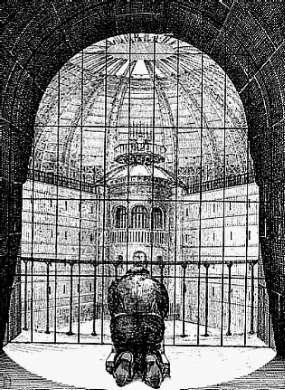


Btw, don't even think of going to graduate school to get a Ph.D in English--or any other kind of--literature.
Stephen Marche, a survivor of academia, returns to a troubled field"
TLS, June 2019
Translations and Versions of Derrida's article / book. Missing paratexts, bibliographic note on the text, with mention of variants.
Derrida, "Before the Law" in Jacques Derrida (Author), Sandra Van Reenen (Translator) Before the Law: The Complete Text of Préjugés
Trans. by Avital Ronell
by Deceased Jacques Derrida (Author), Sandra Van Reenen (Translator) Before the Law: The Complete Text of Préjugés


September Derrida, "Before the Law" in Jacques Derrida (Author), Sandra Van Reenen (Translator) Before the Law: The Complete Text of Préjugés
September Derrida Versions of Derrida's essay / book referenced in Jacques Derrida (Author), Sandra Van Reenen (Translator) Before the Law: The Complete Text of Préjugés

"Bring me the Steak Au Poivre" --Orson Welles
"The Sceptics, the only honourable type of respect among the ever-so multiply ambiguous tribe of the philosophers!"
--Nietzsche, Ecce Homo: How One Becomes What One Is
The one thing which we seek with insatiable desire is to forget ourselves, to be surprised out of our propriety, to lose our sempiternal memory and to do something without knowing how or why; in short to draw a new circle. Nothing great was ever achieved without enthusiasm. The way of life is wonderful; it is by abandonment. The great moments of history are the facilities of performance through the strength of ideas, as the works of genius and religion. "A man," said Oliver Cromwell, "never rises so high as when he knows not whither he is going." Dreams and drunkenness, the use of opium and alcohol are the semblance and counterfeit of this oracular genius, and hence their dangerous attraction for men. For the like reason they ask the aid of wild passions, as in gaming and war, to ape in some manner these flames and generosities of the heart.
--Ralph Waldo Emerson, Essays, First Series
News on the March (formerly known as "Outburts") Could compare the Russian DVD set to the Criterion Collection edition (2019) blu-ray
Volume 82, 2019/2
Judgment at risk


Leah Price, "Reading (and Not Reading) Richardson, 1756-1868," Studies in Eighteenth-Century Culture, Volume 29, 2000, pp. 87-103.
Leah Price, "Sir Charles Grandison and the Executor's Hand," Eighteenth-Century Fiction 8 (April 1996): 329-42.
Cleanth Brooks, "The Heresy of Paraphrase," in The Well Wrought Urn (1947)
Letter-Writing Manuals Were the Self-Help Books of the 18th Century
Letters Written to and for Particular Friends by Samuel Richardson, 1741
DUE SEPTEMBER 30 (Instead of DQs, read the abstract below and then do assignment below it).




"There is a startling disproportion of scale between story and discourse in Clarissa, between the agonizing simplicity of the novel's plot and the agonized mass of writing that circles around it. Before publication (or in a phase of Clarissa's history that resembles earlier practices of scribal publication), the novel passed among at least a dozen readers in several separate transcriptions, one of which weighed in at thirty manuscript volumes. When Richardson finally went to press in 1747–8, he could limit the text to seven volumes only by switching to smaller type towards the close, and the slow schedule of serialization (which roughly matched the duration of the action) meant that it took the public a year to read the work. By the third edition of 1751, Clarissa had been swollen to eight volumes and three thousand pages by Richardson's decision to restore previously deleted passages, insert fresh text, and expand the apparatus to include an amplified preface and postscript, new explanatory footnotes, and two elaborate indexes. Readers of today most often encounter Clarissa in a volume built like a telephone directory (Angus Ross's Penguin edition of 1985, to which page-reference is made in this chapter), and it takes 12,763 kilobytes to accommodate the first and third editions in Chadwyck-Healey's website, Literature Online. As one of the leading printers of his day, and one whose writing creatively exploits the resources and technologies of his profession, Richardson would have relished this last innovation. Yet the immateriality of electronic text only points up by contrast the daring of Clarissa's original bulk in a culture overwhelmed (according to the Scriblerian analysis) by bales of paper and mass-produced print."
Tom Keymer, "Richardson, Clarissa" in A Companion to Literature from Milton to Blake, David Womersley (Editor)
Here is your assignment due September 17 by 5:00 p.m. in place of DQs and on pages of Clarissa: Find three moments in the assigned pages for September 18 (and quote them) that support Keymer's description of the novel: "There is a startling disproportion of scale between story and discourse in Clarissa, between the agonizing simplicity of the novel's plot and the agonized mass of writing that circles around it."
To understand how I have planned this course, please be sure to look at John Law, After Method: Mess in Social Science Research Routledge, 2004
PK Feyerabend, Against Method: Outline of an Anarchistic Theory of Knowledge (1975)
Hans-Jörg Rheinberger, "Scrips and Scribbles," MLN, Vol. 118, No. 3, German Issue (Apr., 2003), pp. 622-636.
Russell L. Ackoff, The Art and Science of Mess Management "Interfaces, Vol. 11, No. 1 (Feb., 1981), pp. 20-26
Origins of Cartomancy (Playing Card Divination)


August 21
William Makepeace Thackery, Barry Lyndon
December 4:
Barry Lyndon (dir. Stanley Kubrick, 1976)


William Makepeace Thackery, Vanity Fair
Vanity Fair (2018)





October 23 Student Co-Leaders:
Required Reading:
William Faulkner, "Barn Burning"
October 25 Student Co-Leaders:
Required Reading:
Haruki Murakami, "Barn Burning"
October 28 Burning (dir. Lee Chang-Dong, 2018) Student Co-Leaders:

October 30 Student Co-Leaders:








1. Franz Kafka, "Letter to His Father" (online edition)
Optional:
1. Jacques Derrida, "Father, Son, and Literature," in The Gift of Death and Literature in Secret
2. Avital Ronell, "Kafka Sends a Missive to His father," from Loser Sons
Optional:
Walter Benjamin, "Reflections on Kafka"
Theodor Adorno, "Notes on Kafka"
Jacques Derrida, "Force of Law"
November 3 Required Reading:
Franz Kafka, The Trial, "The Arrest" through "The Thrasher"
There are several translations you may choose among, including these two: here (Mike Mitchell ); here (Breon Mitchell )
November 5 Required Reading:
Franz Kafka, The Trial, "His Uncle Leni" through "Block, the Corn Merchant - The Dismissal of the Lawyer"
November 10 Required Reading:
Franz Kafka, The Trial, "In the Cathedral" and "The End"
Orson Welles, dir. The Trial (1962); a DVD is on reserve in Library West. You can also rent it on Amazon or you can try watching it online here.
Due September 2 by 5 p.m. Two discussion questions and and three big words on Jacques Derrida, "Before the Law"numbered one and two, awith your name at the bottom of the document, due by 5 p.m. Email your DQs in one word document (as an attachment) to me at [email protected].
September 3
Required Readings: Deconstructive Reading versus Exegetical Reading:
Jacques Derrida, "Before the Law"
You don't need to write discussion questions on this part of Kafka's The Trial in which "Before the Law" is interpreted by a Priest and by K. in a cathedral, but please do read these few pages from the novel so you can follow Derrida's essay.
Required Reading:
Charles Dickens, Mystery of Edwin Drood (Oxford World's Classics), Chapters I-XIII, pp. 1-120.
If you have very good eyes and do not mind reading very small type, the Oxford will do fine. However, if you prefer a larger type, the Everyman Library is good (kindle and hardcover) though it has no critical apparatus. The Penguin is also good and comes with notes, like the Oxford(paperback).
Recommended Reading:
Required Reading:
Charles Dickens, Mystery of Edwin Drood (Oxford World's Classics) Chapters XIV to the end, pp. 121-217.
YOUR FIRST ASSIGNMENT Due Tuesday, January 8 by 5:00 p.m.: One discussion question on How to Live: Or A Life of Montaigne in One Question and Twenty Attempts at an Answer, and three BIG WORDS, numbered one, two, and three, on each reading. Put your name at the top left of the document. Email all work to me at [email protected] . With One Exception, Discussion Questions are due the day before class on Sundays and Tuesdays by 5:00 p.m.
NOTE BENE: Your First Paper (500 words, not including quotations) will be DUE Saturday by 11:59 p.m. You may write your paper on any text we have read. I encourage you to make up your own paper topic. If you need any help, just email or talk to me in class and we can schedule a time to talk.
Due Sunday, January 13 by 5:00 p.m.: Two discussion questions on Michel de Montaigne, "Of Bookes" and three BIG WORDS, numbered one, two, and three. Put your name at the top left of the document. Email all work to me at [email protected] With One Exception, Discussion Questions are due the day before class on Sundays and Tuesdays by 5:00 p.m.
Due Tuesday, January 15 by 5:00 p.m.: Two discussion questions on Pierre Bayard, "Chapter IV: Books You Have Forgotten" and three BIG WORDS, numbered one, two, and three. Put your name at the top left of the document. Email all work to me at [email protected] Discussion Questions are due the day before class on Sundays and Tuesdays by 5:00 p.m. With One exception, nothing is due Thursdays for class on Fridays.